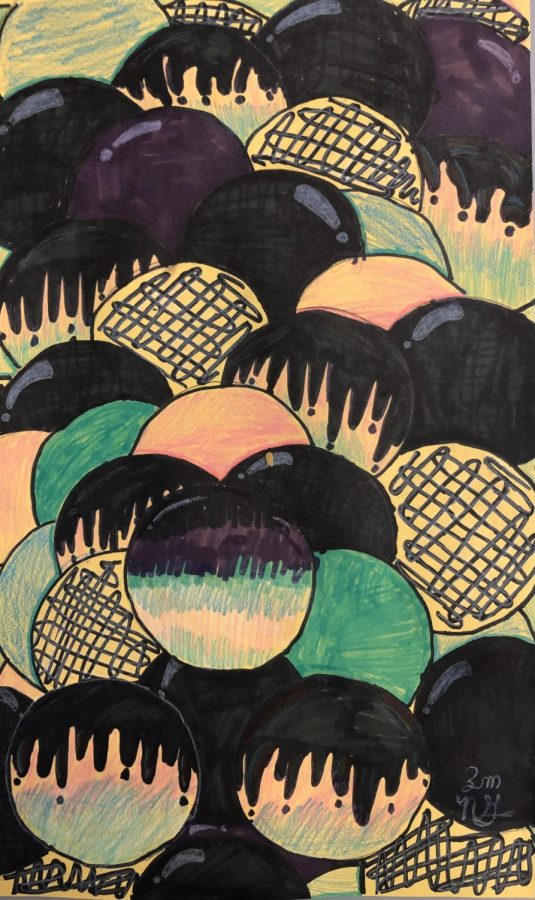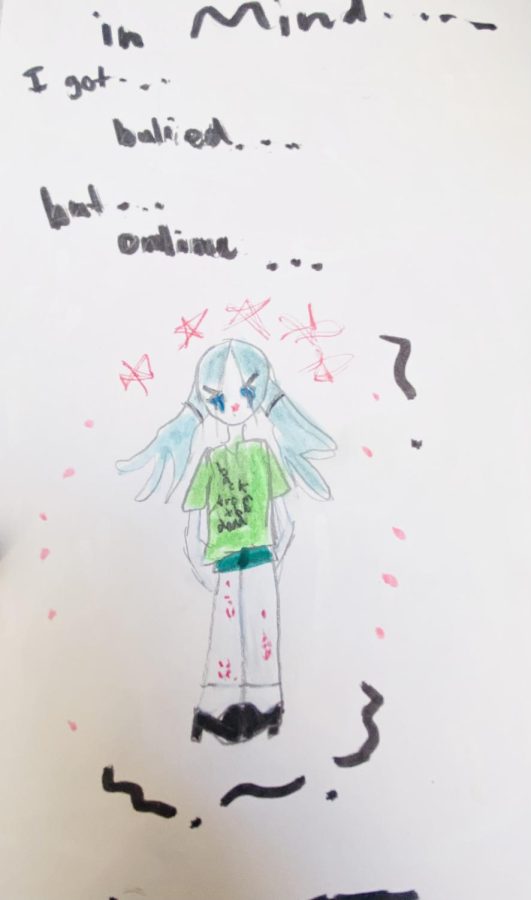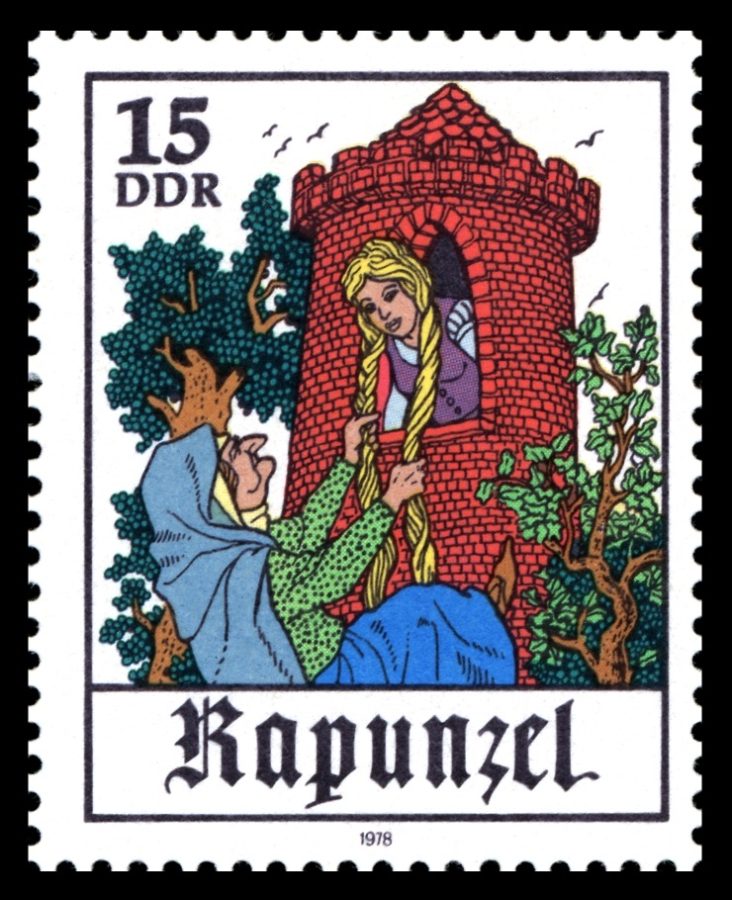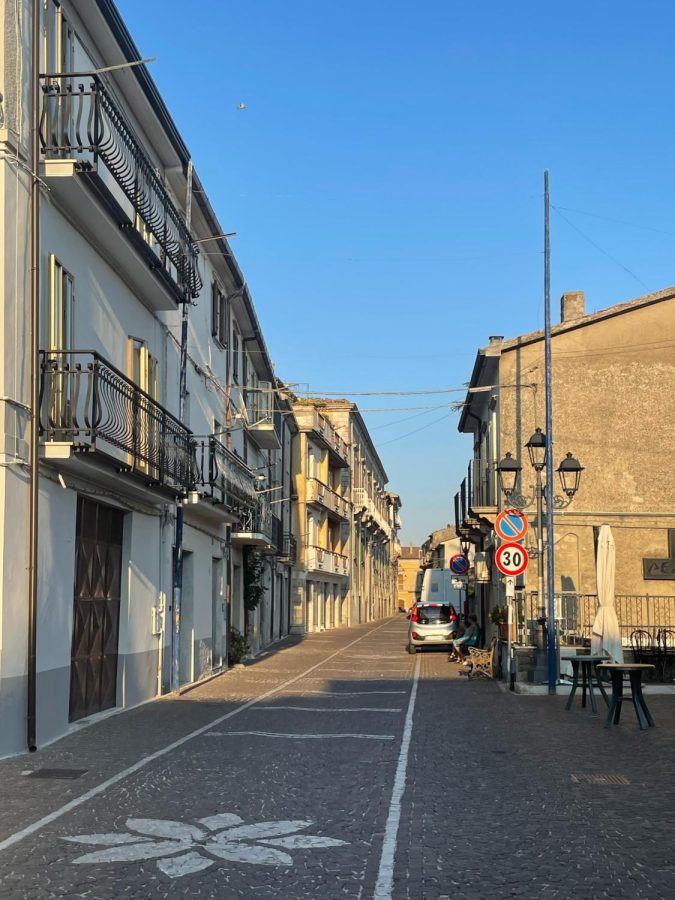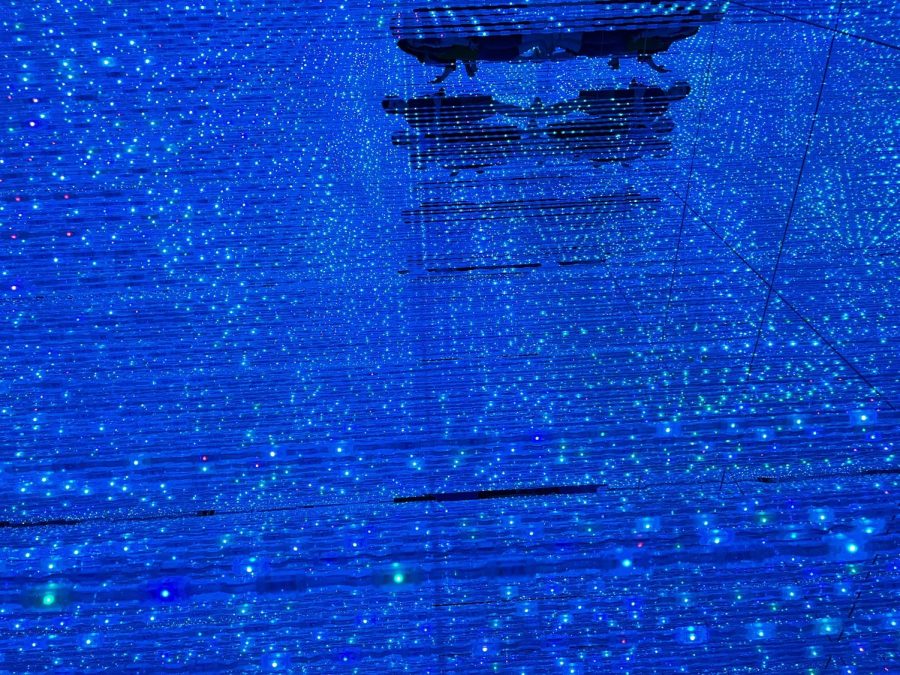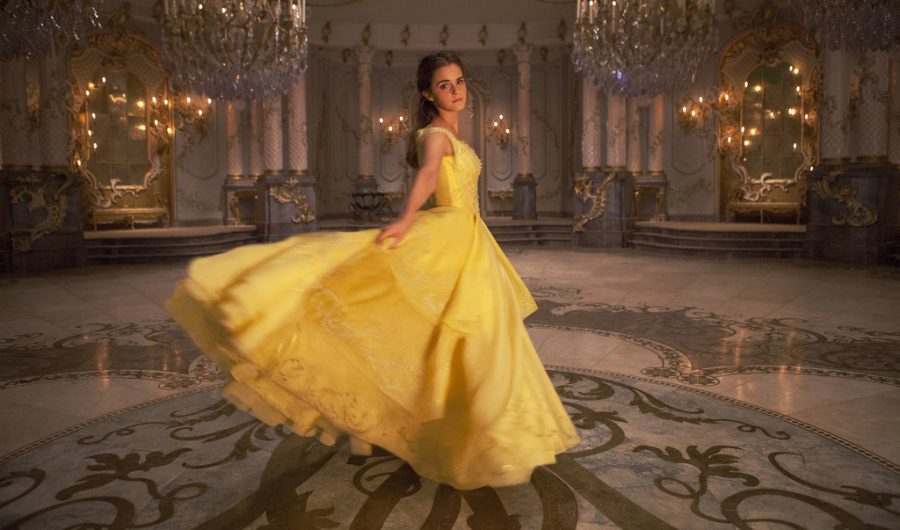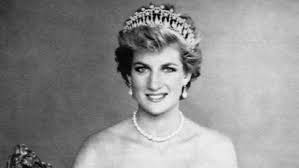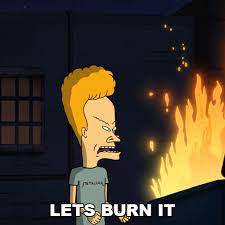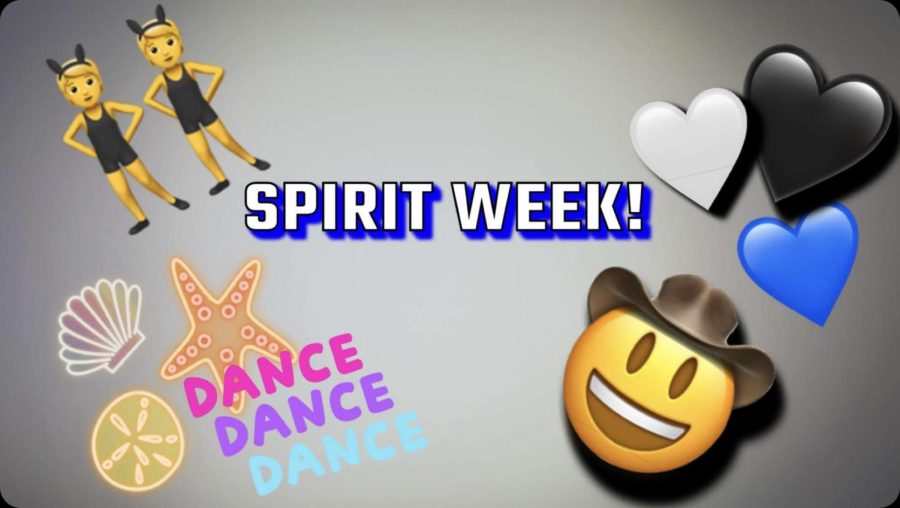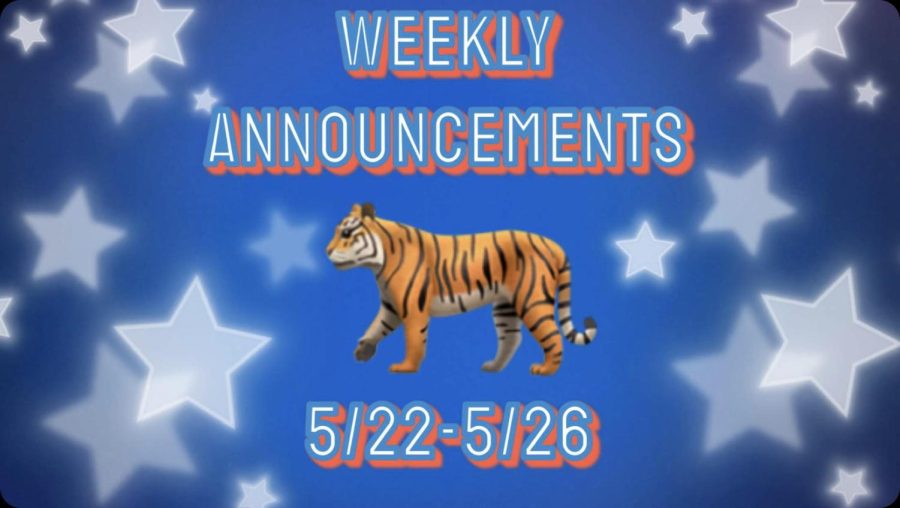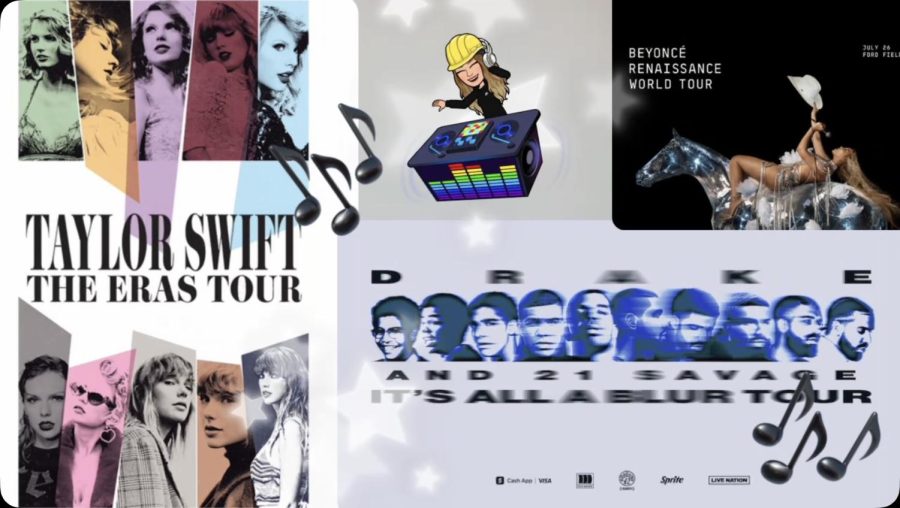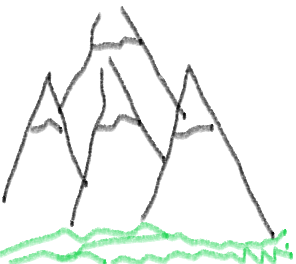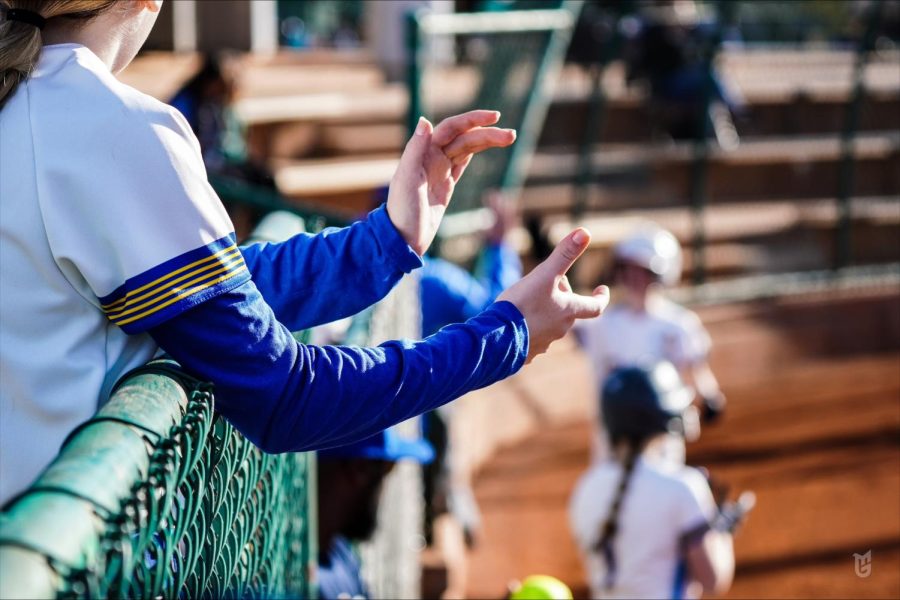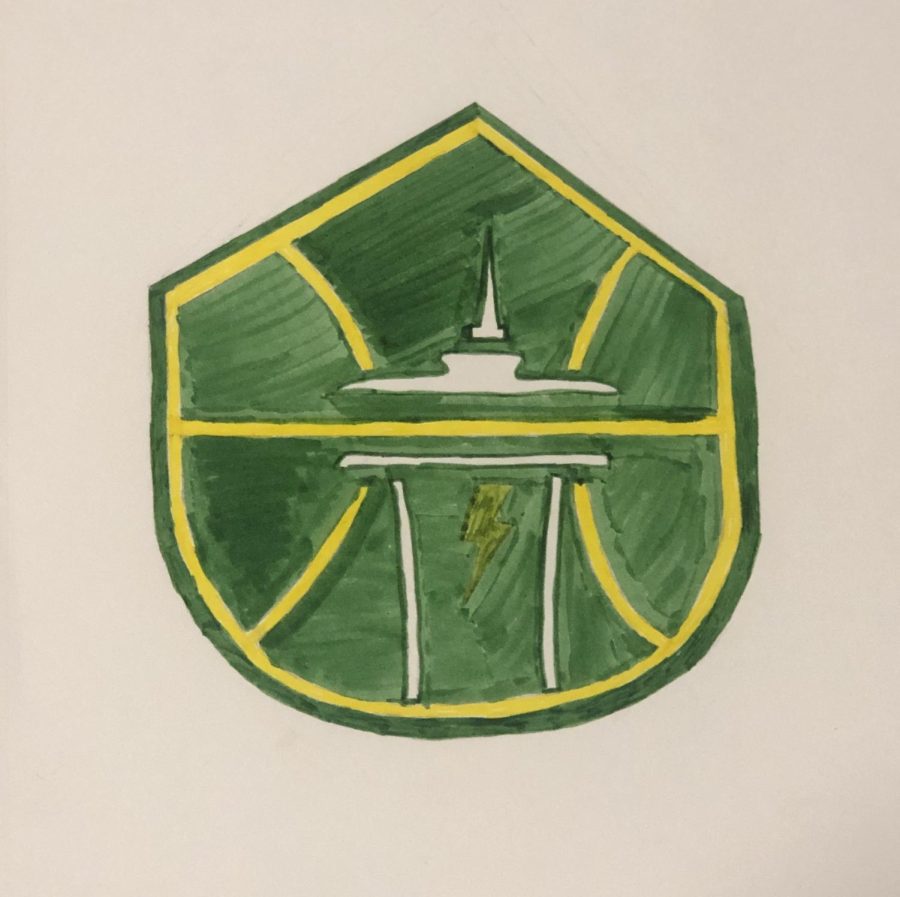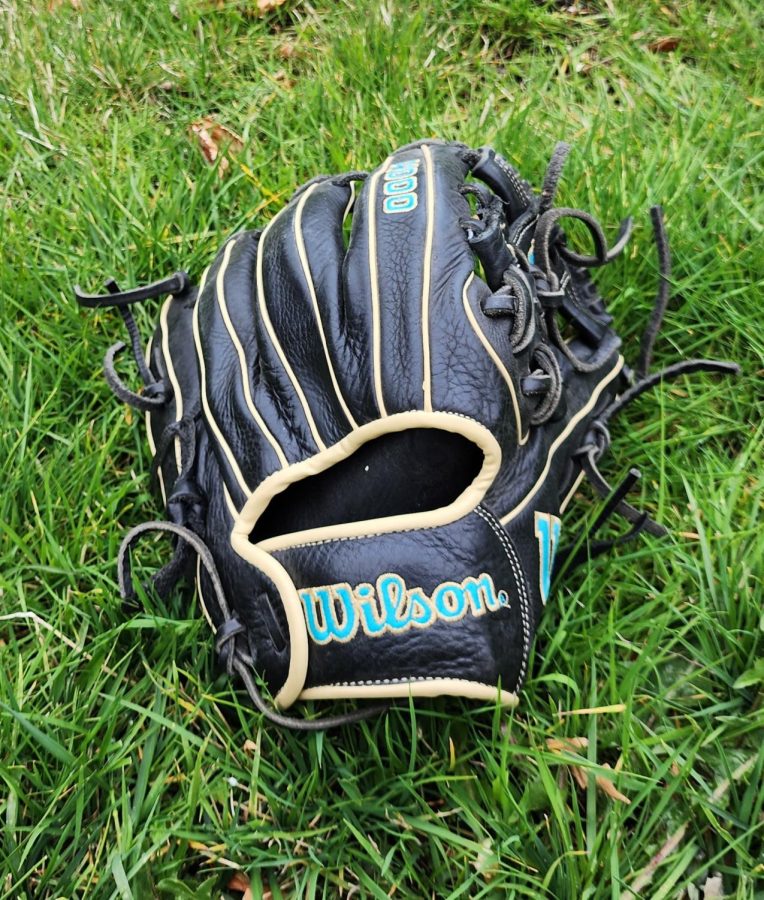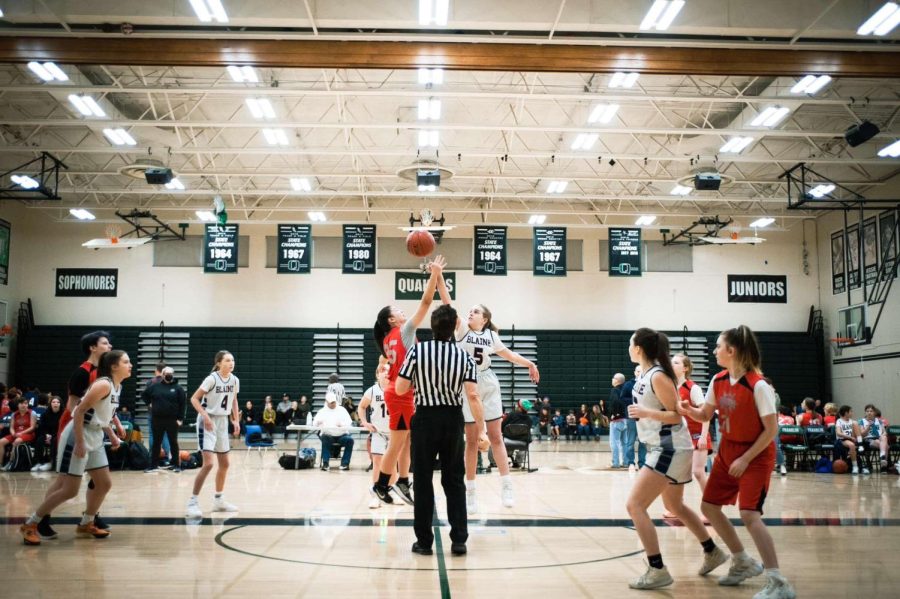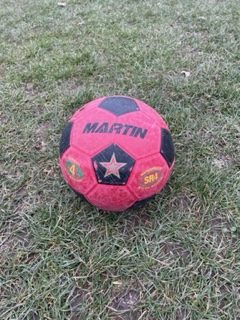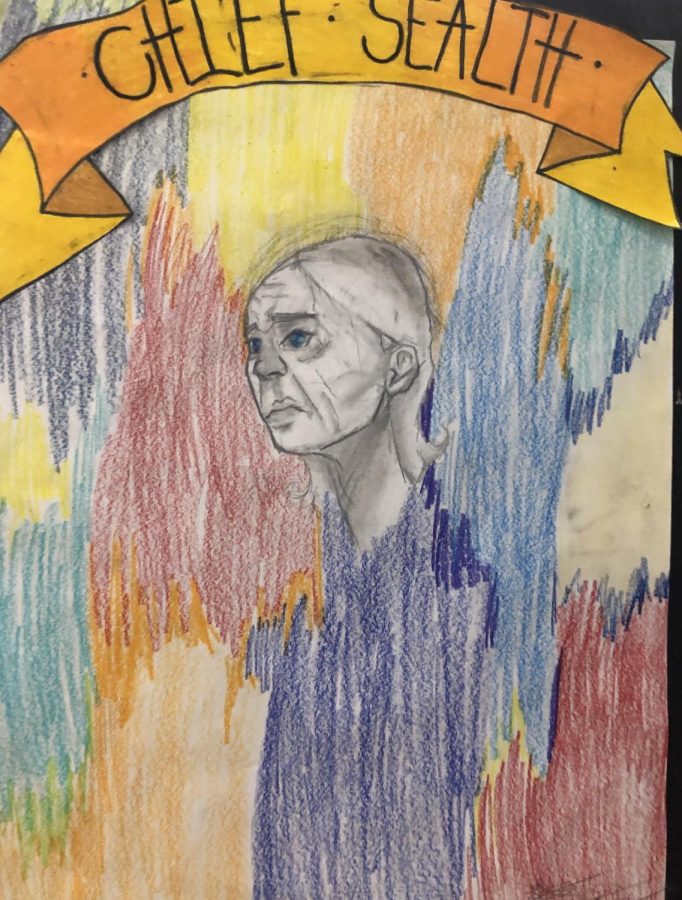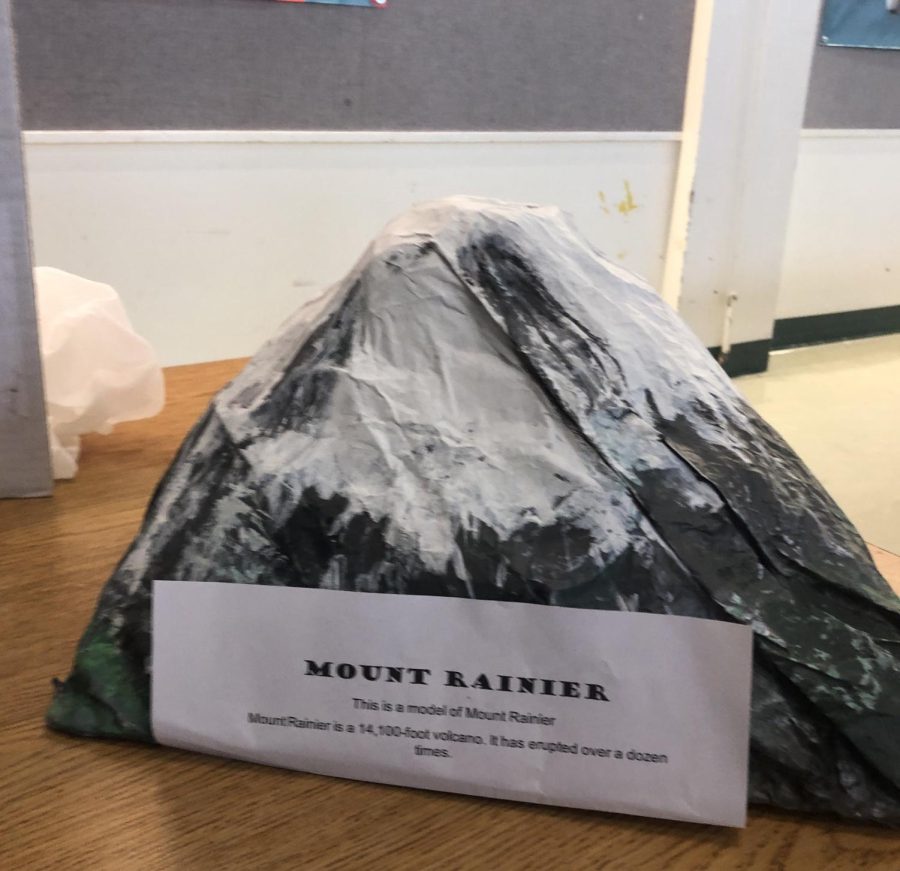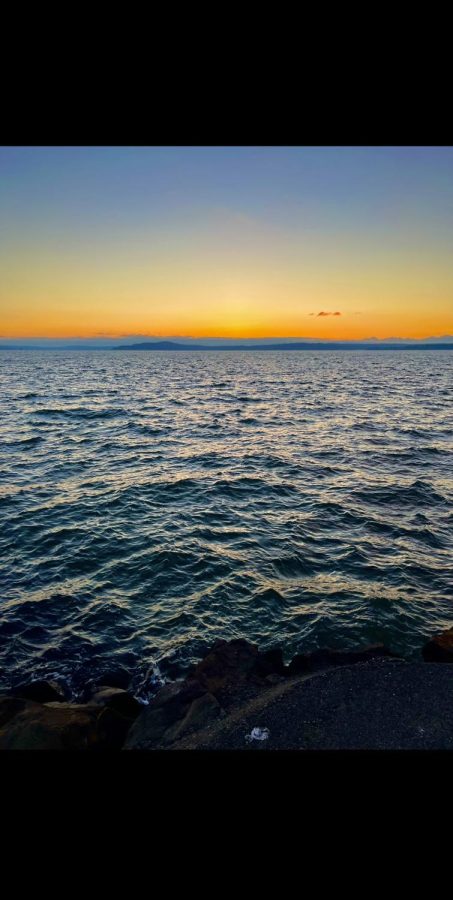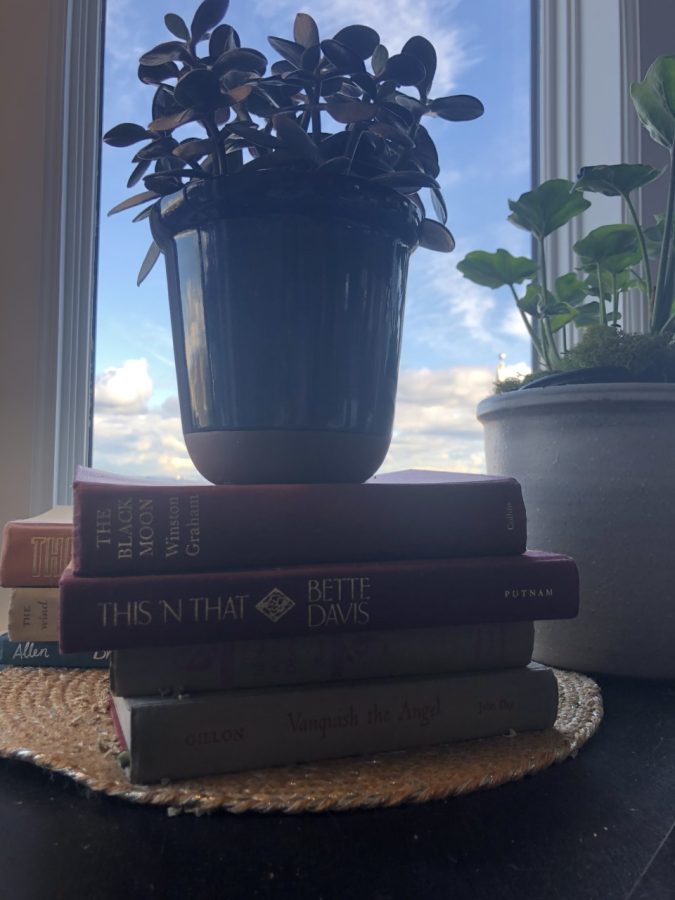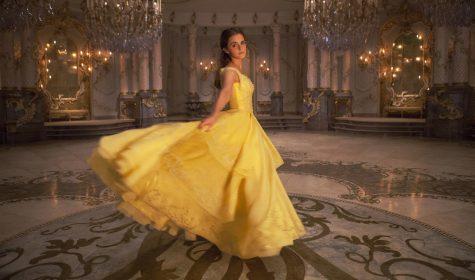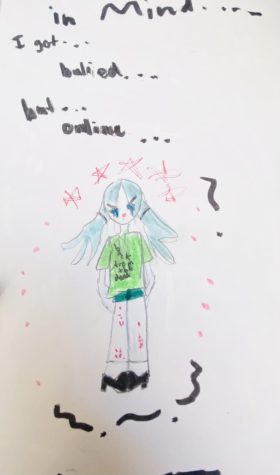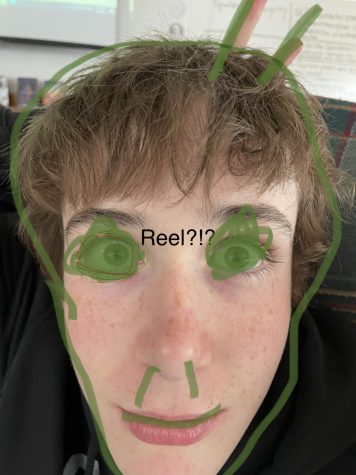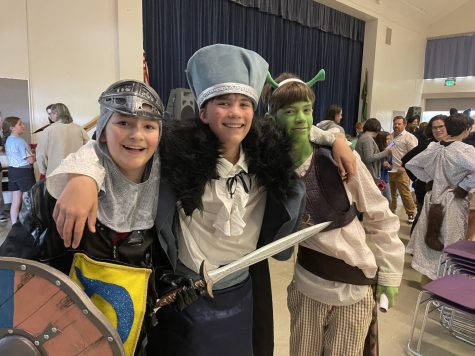Should Books Be Banned?
Did you know that around 1,648 books have been banned in the United States? Book Banning is a very debatable topic. Some books seem like they would be banned, while others should stay accessible to students, librarians, and many other public places. Some books are slightly questionable to have in a classroom that does not fit the age group that the book was written for, but I do not think that books should be banned.
When a book is banned in a school district or library, that book is removed from the shelves. I think that a book could be put in classrooms that fit the age group and not put in classrooms that are not fit for it. There are many viable solutions to limit access to books that are past some readers’ age groups. If a book is banned in a school district that has a K-8 in it, and that book is fine for middle schoolers but not elementary schoolers, then it seems unfair to block the middle schoolers from reading it. There are some books that are not appropriate for middle schoolers, but high schoolers and adults should not be denied access to those books in libraries and stores.
There are many books that have been banned in the United States. Some of the middle school books that have been banned include:
–Bridge to Terabithia (Katherine Patterson)
Banned for talk of religion, death, and fantasy
–New Kid (Jerry Craft)
Banned because of teaching critical race theory
–Harry Potter (J.K Rowling)
Banned because of anti-family themes, wizardry, and magic
–Drama (Raina Telgemeier)
Banned because it has a LGBTQ+ character
–White Bird (R.J Palacio)
Banned because “It’s biased”
I have read many of these books myself and I disagree with them being banned. I disagree with book banning and I think people should be able to access the books that they are interested in.
Your donation will support the student journalists of Catharine Blaine. Your contribution will allow us to purchase equipment and cover our annual website hosting costs.

My name is Alex Herndon. I am in 7th grade. I play volleyball and basketball for the school. I am very excited for my first year of journalism!
